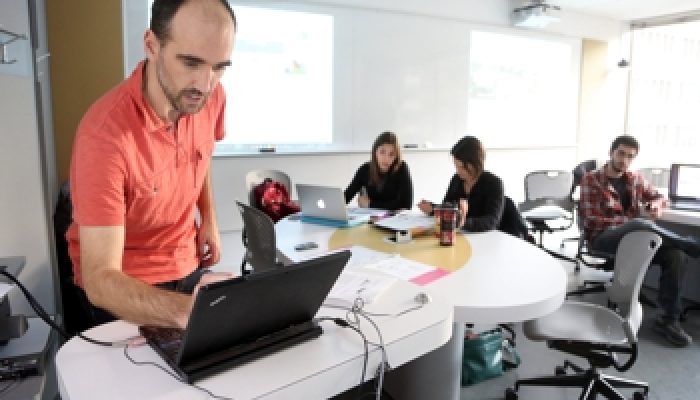
This term I am co-teaching a graduate class in advanced groundwater hydrology with Grant Ferguson (University of Saskatchewan) and Steve Loheide (University of Wisconsin – Madison). In co-developing and co-delivering this course we have learned a lot – I’ll start here with our initial motivations and write later about our pedagogic decisions, software tools and reflections after the course. It is mostly win-win for students and professors, but I’ll describe some of the disadvantages below.
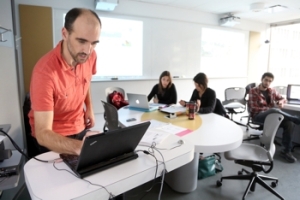
Teaching in an active learning classroom. Photo by Owen Chapman, courtesy of Faculty of Engineering, McGill University
Instead of being a MOOC, the course is a SPOC – a small, private, online classroom. Students and professors simultaneously meet in real classrooms at each university and connect as a video conference. Students collaborate on projects across universities and each professor leads instruction for part of the term and participates in all classes. We use a variety of software tools for blended learning including polling (socrative), content management (wikispaces), and video conferencing (microsoft lync).
Students are exposed to topics, tools and skills they would never learn in a regular classroom. Probably most importantly, students learn about varied topics that would not normally be covered at their university. One idea that has worked well is focusing on cutting-edge research ideas and techniques including research ugly babies that are not often discussed in the literature. They learn to collaborate internationally using virtual tools. And they develop an international professional network spanning multiple universities.
A number of students have said ‘wow, it’s like three courses in one!’ and as instructors we have noticed there is not lull in the middle or end of term where students and/or instructors are tired of the course, tired of each other, or just tired. Instead it is just on to the next topic and instructor.
Many of the same advantages are true for the instructors: we learn new ideas from the other instructors, we collaborate internationally in co-developing and co-teaching this course and we expand and enrich our professional network. And we share the teaching load.
You can probably guess the two main disadvantages: the software tools are not perfect and interaction between real classrooms can be stilted. Both are true and we were very honest and clear about this with students from the start:

Almost every class there has been a minor glitch with the audio or video but it’s always been minor problem with a reasonable solution – with the myriad of ways to connect today there are many plan B options.
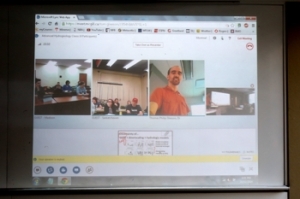
Connecting with other classrooms using video conferencing. Photo by Owen Chapman, courtesy of Faculty of Engineering, McGill University
During our weekly class time, interaction between individual students in different real classrooms is difficult. During class time, most of the interactions are between students and the lead instructor or between students in the same real classroom during an active learning activity. But outside of class time, students interact via discussion on the content management system and collaborate on projects using skype, google chat etc.
So far, co-teaching a blended graduate class across universities has been a win-win for students and professors – I’d be happy to hear about other SPOC classes.

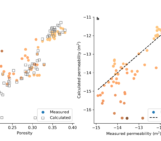
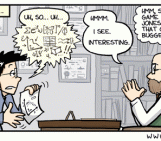
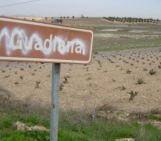

Pingback: Co-teaching a blended class across universities: why? and why not? | Teaching for Learning @ McGill University
Pingback: Surprises and lessons learned from co-teaching an inter-university graduate course | Water Underground